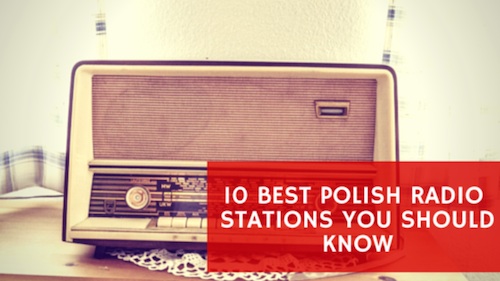Have you been to Poland yet? If not, this has to change. Poland is a place where centuries of amazing history meets modernity and should definitely make it to your travel list.
Polska – a country rich in finest culture, breathtaking landscapes and extraordinary historical sites. A country full of vibrant cities, picturesque countryside, mountains, lakes and forests. Visit Poland and for sure you will come again.
What are the places you must visit while in Poland?
Warszawa (Warsaw)
The capital of Poland, located more or less in the centre of Poland and founded around the 12th century, has a tragic history. Warsaw was destroyed during World War II, but was then rebuilt almost from scratch thanks to the joint efforts of all the Polish citizens to become a vibrant cultural and business centre.
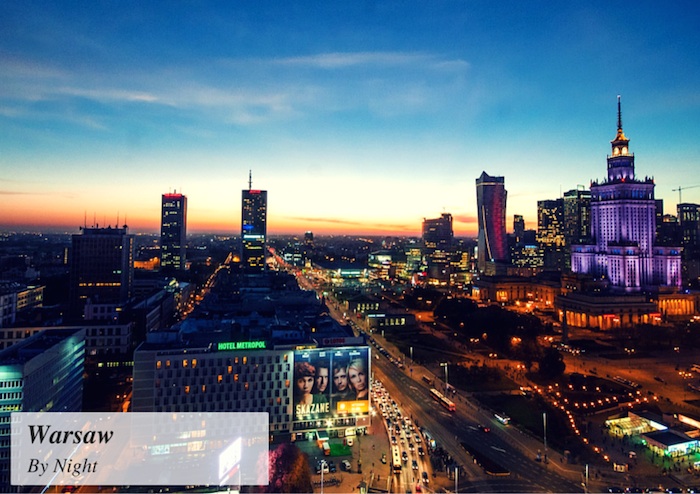
You can watch the scale of destruction in this short fim City of Ruins.
Warsaw has a lot to offer. You can’t miss the beautiful Old Town, the Chopin Museum, the Royal Route, the former Jewish ghetto, Copernicus Science Centre, Warsaw Rising Museum or recently created Praga Museum.
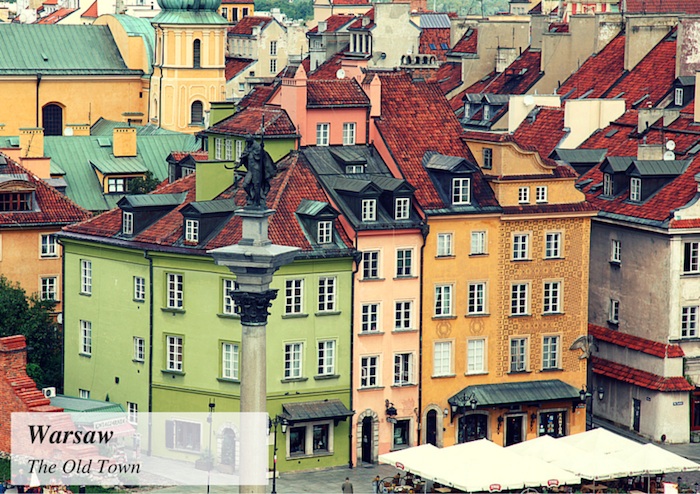
Cracow (Kraków)
Located on the Vistula River, Kraków, former Polish capital and residence of Polish kings, is one of the top tourist attractions in Europe. It is the second most important city in Poland, known for its academic, cultural and economic importance, magical atmosphere and the splendid architecture. The city is full of museums and monuments but also pubs, clubs and restaurants.
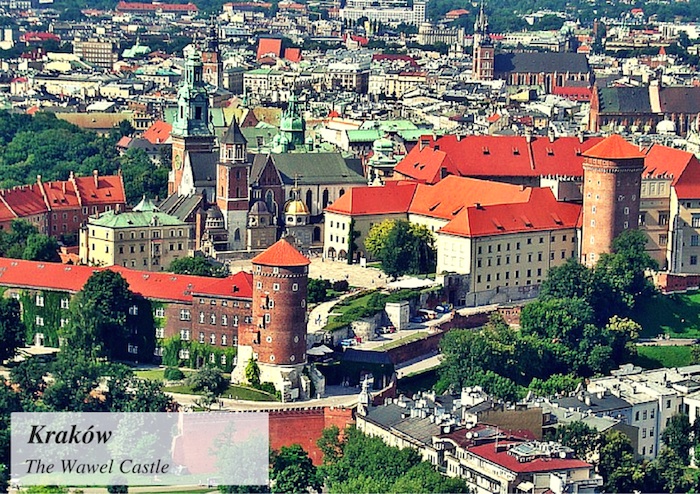
You should definitely visit Wawel Royal Castle, The Main Square (Rynek Główny) with its St. Mary’s Basilica (Kościół Mariacki) and Kazimierz district, historically the centre of Jewish life in Kraków for over 500 years.
Wieliczka
Wieliczka is a town located on the outskirts of Kraków. There you will find Wieliczka Salt Mine which is one of the most valuable and extraordinary monuments in Poland. Each year the mine it is visited by more than one million tourists from all over the world.
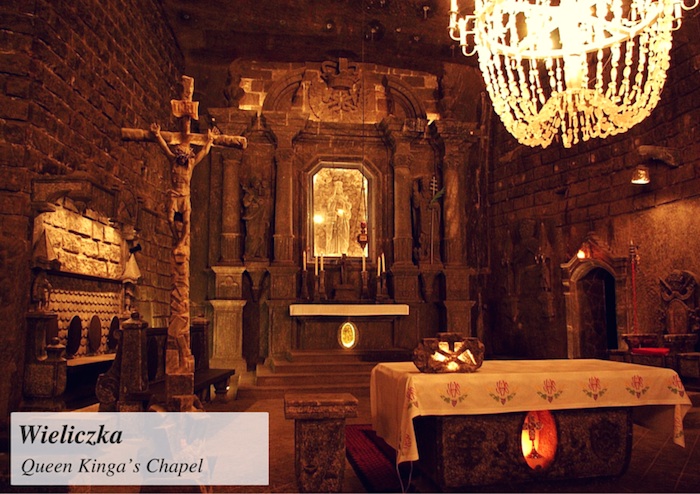
The site features an underground city, an immense labyrinth of nearly 300 kilometres of halls and corridors carved out in salt. A labyrinth including caves, a salt lake, and the beautiful Queen Kinga’s Chapel.
Auschwitz-Birkenau
About one-hour drive from Kraków located is another destination – the town of Oświęcim- where nearby sat the infamous Nazi German concentration camp Auschwitz-Birkenau, now a memorial and museum. Devoted to the memory of the horrors in the camps during World War II, Auschwitz-Birkenau is a place that has to be visited at least once in a lifetime.
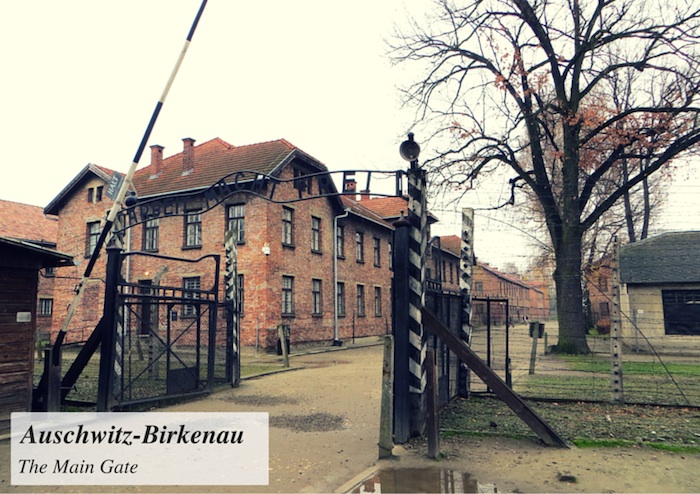
While definitely not considered in terms of a tourist “attraction”, the camp is witness to extreme evil caused by mankind where over 1.1 million men, women and children lost their lives.
Tricity – Gdańsk, Gdynia, Sopot
Gdańsk
We move now up north on the map of Poland. Located on the Baltic coast is the beautiful city of Gdańsk. Gdańsk is part of Tricity, a metropolitan area consisting of three cities: Gdańsk, Gdynia and Sopot, as well as minor towns nearby them. The city has a rich and complex political history with periods of Polish rule, periods of German rule, and extensive self-rule.

The city was the birthplace of the Solidarity movement which played a major role in bringing an end to Communist rule across Central Europe. On one hand, you can visit Gdańsk’s Old Town to see many 17th century structures, including mills and churches, on the other, shipyards and industrial districts whivch are now partly abandoned.
Sopot
Sopot is famous for its lively nightlife and the Pier (Molo) which is the longest wooden pier in Europe. The city is also famous for its Sopot International Song Festival, the largest such event in Europe after the Eurovision Song Contest.
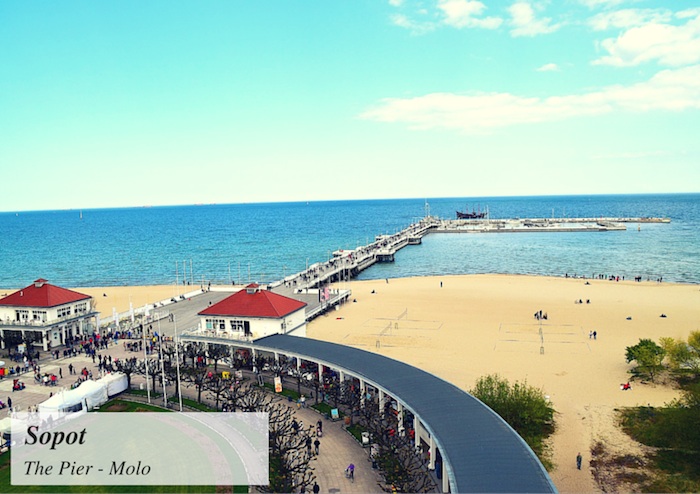
Gdynia
Gdynia is an important seaport that just a century ago was only a tiny village. The decision to build a major seaport at the Gdynia village was made by the Polish government in 1920 when Poland regained her independence.
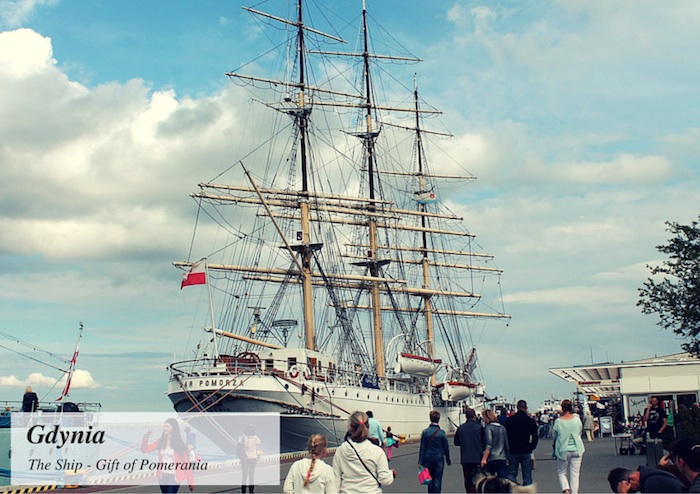
Now the city hosts the Gdynia Film Festival, the main Polish film festival and is a popular holiday destination thanks to its beautiful beaches.
Malbork
Less than one-hour drive down south from Gdańsk and we reach Malbork (Marienburg in German). This is a medieval town, mostly well-known for its castle, built for the Knights of the Teutonic Order as their headquarters. Malbork Castle is Europe’s largest Gothic fortress and its sheer size will take your breath away. UNESCO designated the place a World Heritage Site in December 1997.
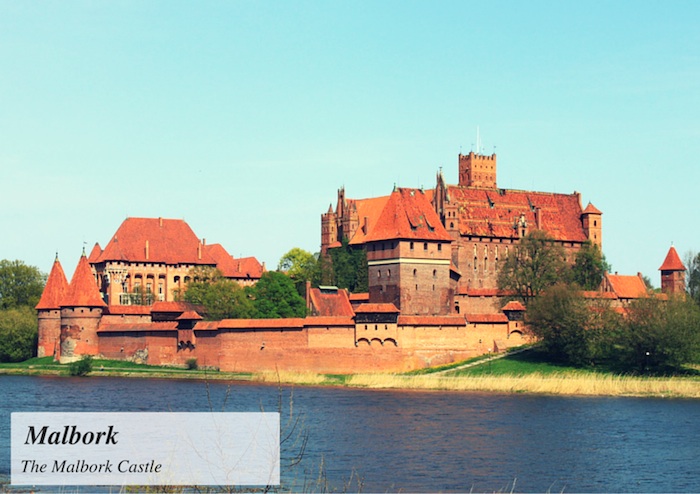
In this photo you can see the Castle of the Teutonic Order from the side of Wisła (Vistula) River.
Toruń
Continue going south and you will get to Toruń, one of the oldest cities in Poland and birthplace of the astronomer Nicolaus Copernicus. National Geographic Polska rated the old town market and the Gothic town hall as one of the “30 Most Beautiful Places in the World.” The city is famous for having preserved almost intact its medieval spatial layout and many Gothic buildings.
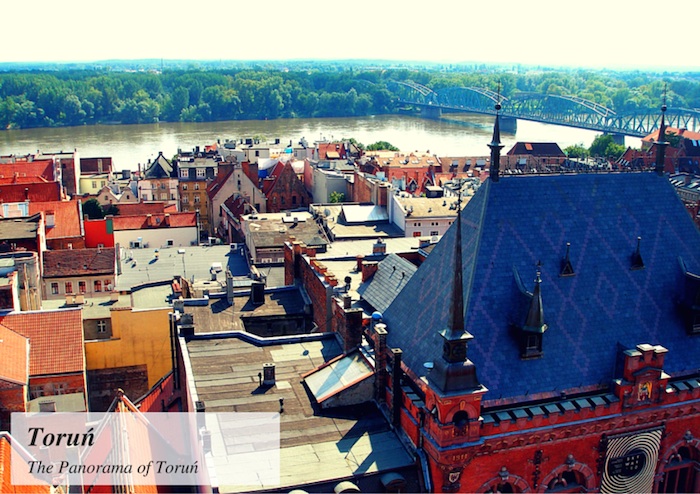
It is also well known for its old market place, Gothic town hall , organs and gingerbread (pierniki). Luckily it was not destroyed during World War II and retained its old, medieval character. Toruń, unlike many other historic cities in Poland, escaped substantial destruction in World War II. Particularly left intact was the Old Town, all of whose important architectural monuments are original, not reconstructions.
Masurian Lake District (Mazury)
From central Poland we move north east to the Masurian Lake District. The area is made up more than 2,000 lakes connected by an large system of canals and rivers. The Masurian Lakeland is a hugely popular tourist destination not only among Poles.
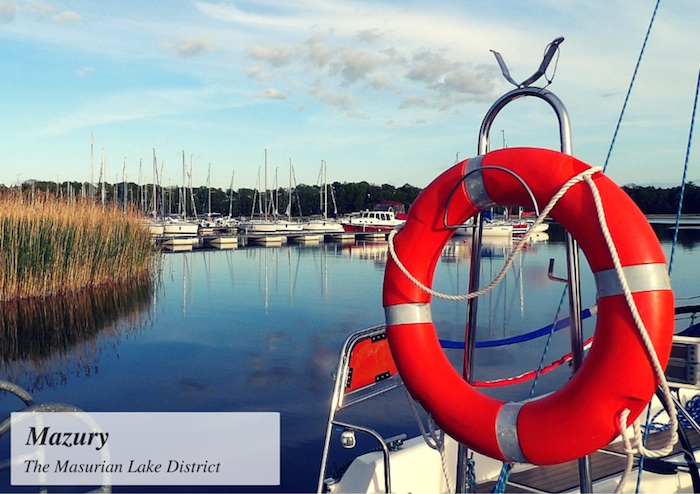
There are numerous hotels, guest houses and campsites to choose from. Whether you seek company or prefer tranquility, like water sports or just walking around, there is always something out there for you. For those passionate about history there are places like castles and even the secret German headquarters from World War II in the forests near the town of Kętrzyn.
Białowieża
Going south and still more to the east you can find Białowieża Forest (Puszcza Białowieska), which is thought to be the last remaining intact primeval forest in Europe. There is a close border crossing with Belarus, and tourists can cross it on foot or on bicycles. The Bialowieża Forest is home to around 800 wisent (żubr), that is a protected species of European bison. Apart from these animals and other such as wild boards, deer’s, wolfs and lynx, you can also find man-made places: othodox churches and Tartar mosques.

The forest has been listed on the UNESCO World Heritage list and 100,000 nature-hungry tourists come yearly to explore and spend time there.
Lublin
Lublin is another old city which boasts rich history. It is located on Poland’s eastern border. Before World War II it was home to one of the largest Jewish communities in Poland, next to Warsaw, Kraków or Łódź. Evidence of Lublin connecting Western and Eastern cultures can be found in that it blends Catholic and Russian-Byzantine styles. But apart from medieval architecture of the Old Town, there is modern nightclub scene awaiting you too.

The city of Lublin is one of the larger cities in the country. Also the surrounding countryside welcomes more and more visitors each year.
Bieszczady Mountains
This mountain range is a paradise for true freedom seekes. Located on the extreme south-east of Poland, it is one of the most secluded areas in Europe.
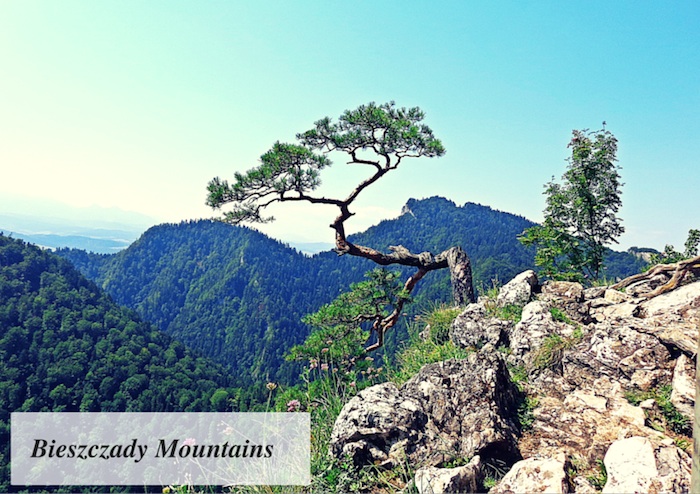
Thanks to comparatively low population density it can be an ideal holiday destination if you like solitude. Rich in wildlife is home to many brown animals including brown bears and wolves.
Tatra Mountains (Tatry)
This is another popular mountain range that is in fact the highest and most spectacular in Poland. It forms a natural border between Poland and Slovakia. The nature of the mountains, together with relatively easy accessibility, makes them a favourite destinations for tourists. Zakopane, a town which lies in the southern part of the Podhale region at the foot of the Tatra Mountains is called “the winter capital of Poland”.
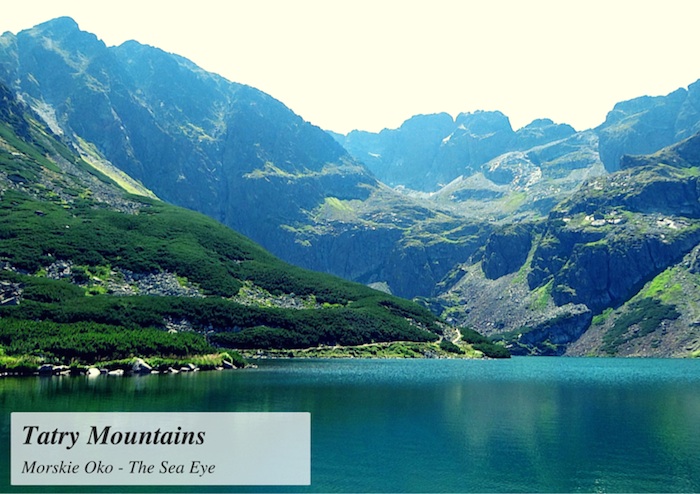
There are peaks are covered with all-year snow, there are waterfalls, ponds – everything that you need if you like mountains. The High Tatras are a popular destination for mountaineering, skiing, and other winter sports.
Kazimierz Dolny
This is a small but well known town in Central Poland, on the right bank of the Vistula River. It is famous for unique character as one of the most beautifully situated little towns in Poland. The town is an art centre where many painters retreat to paint and sell their work. The town is one of Poland’s official national Historic Monuments.

Kazimierz Dolny is often considered to be the second best-preserved historic town centre next to Kraków.
Poznań
Poznań one of the oldest and most populated cities in Poland. It lies on the banks of the Warta River in the western part of the country. As one of the largest Polish centers of trade, industry, sports, education, technology, tourism and culture it attracts many tourists from Europe and beyond.
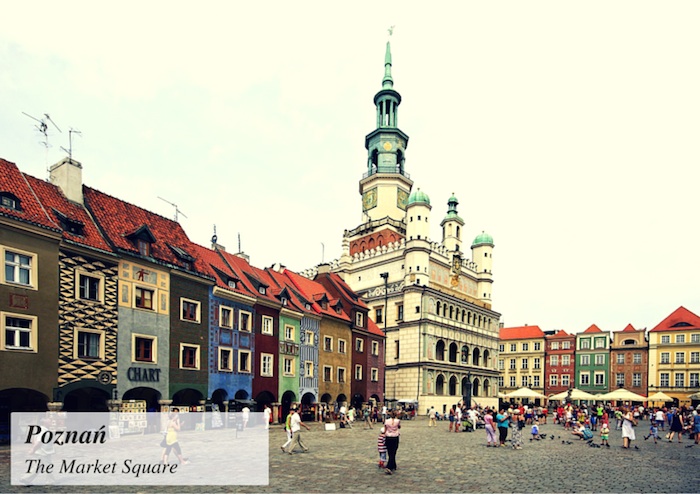
In the photo you can find the old Market Square (“Stary Rynek”) in Poznań – Poznań is crowded with churches, historical monuments, art galleries and theatres. You should definitely see the Old Market with renaissance Town Hall.
Wrocław
The last place on your list is Wrocław, the largest city in western Poland and historical capital of Silesia. Wrocław begs to be explored with 12 islands, 100 bridges and many cultural attractions. The city is famous for its large number of nightclubs and pubs.
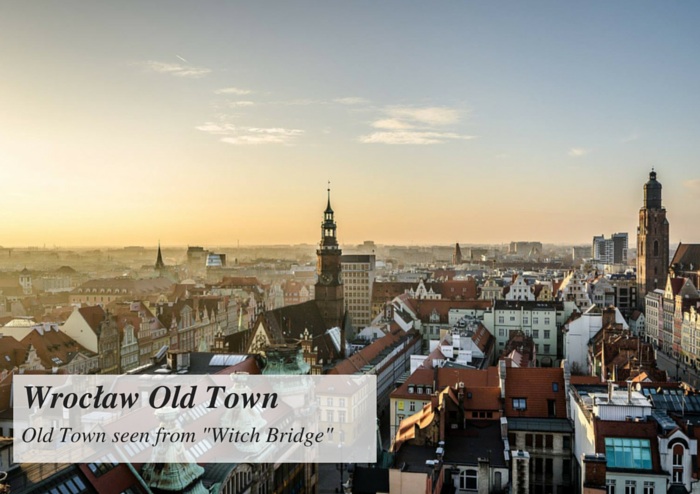
You will be amazed with the sights, the city’s big market square, multi coloured buildings and Cathedral island just to mention a few.
The list above is not in any way comprehensive and is just an small cut of what Poland has to offer. So book your tickets, get your visa if required, and come over to Poland!



